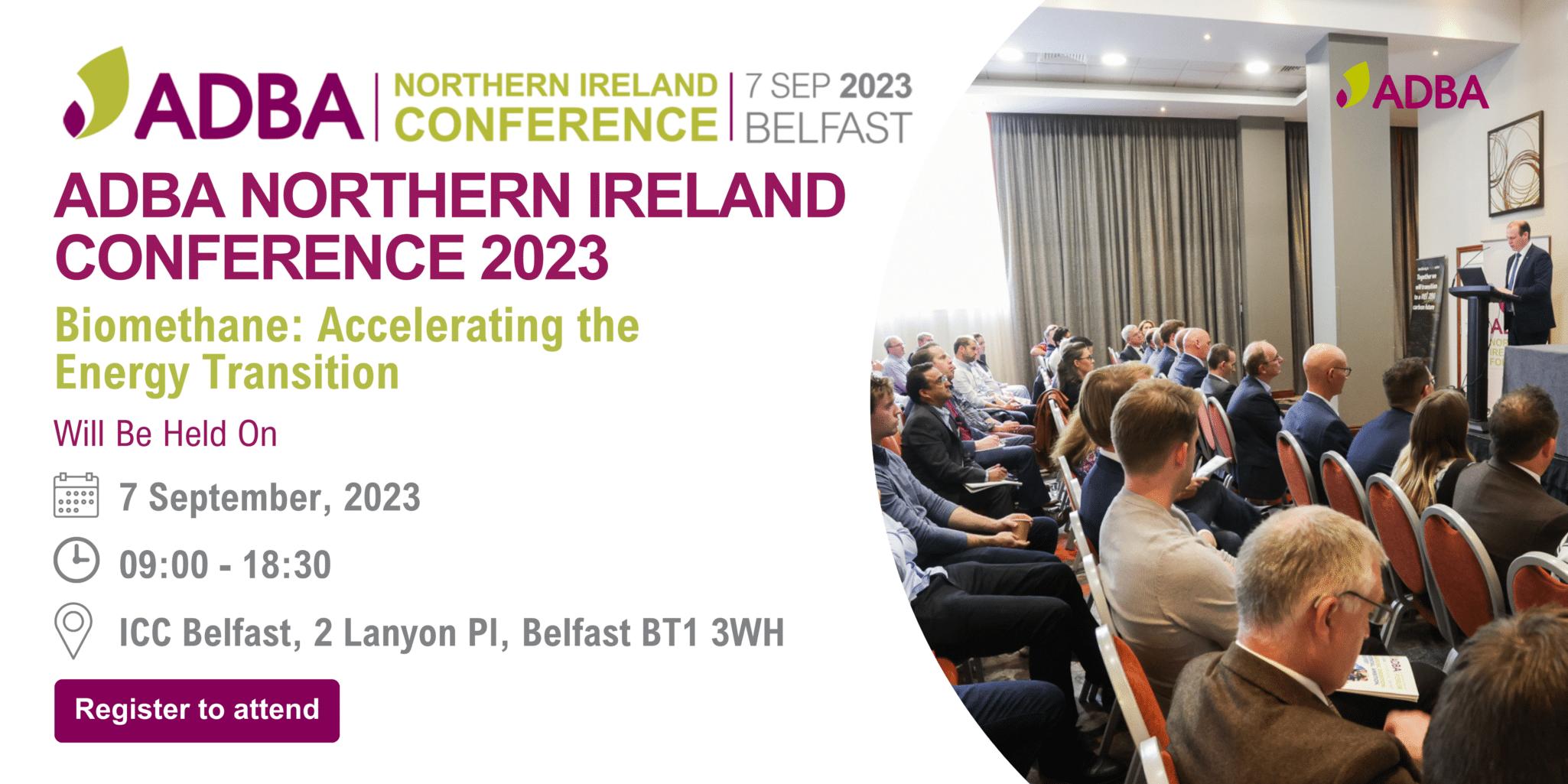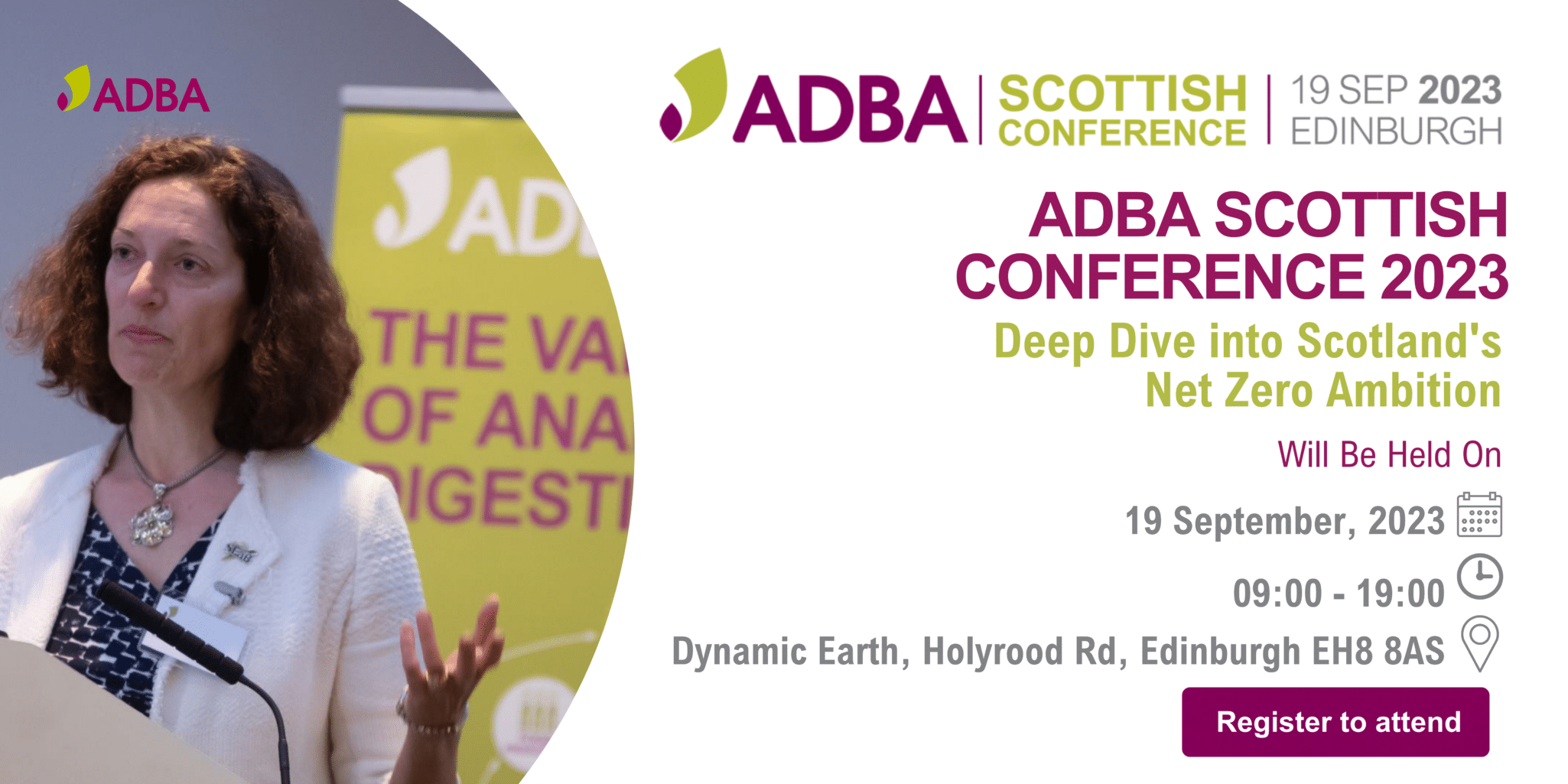The Environment Agency has updated its Resource Frameworks guidance, which will affect digestate management from…
BEIS consults on Business Models for Engineered Greenhouse Gas Removals (GGRs)
Greenhouse Gas Removal plays a major role in the Government’s strategy to reach Net-Zero by 2050. Through the Net-Zero Strategy, the government intends to develop markets and incentives for engineered GGR technologies. As a first step, BEIS is consulting on business models to attract private investments to enable GGR projects to deploy within this decade. Such a scheme is especially advantageous to the AD industry, as providing a revenue support mechanism for negative emissions can encourage more plants to install carbon capture and storage (CCS).
While nature-based GGR methods like afforestation, habitat restoration, and soil carbon sequestration are effective in removing CO2 from the atmosphere, in order to reach the targets on time, these methods need to be complemented by engineered GGR solutions such as Bioenergy with Carbon Capture and Storage (BECCS), and Direct Air Carbon Capture and Storage (DACCS).
While there are very few such projects operating in a global scale, the UK government aims to take lead in deploying them to remove CO2 at the speed and scale needed to meet the climate targets. Seeking insights from the stakeholders, this consultation sets the premise for the government to introduce a contract-based business model for early GGR projects.
These business models can be used without the need for additional policy interventions to stimulate investment in GGRs:
- Power BECCS Business Model: This model reflects the advanced technological readiness of this specific technology and the significant co-benefits of both power and negative emissions
- Industrial Carbon Capture (ICC) Business Model (including Waste): This could deliver negative emissions by enabling the capture and permanent storage of biogenic CO2. The business model is being designed to incorporate payments for captured biogenic CO2 (as well as payments for fossil CO2) and will integrate potential future markets for negative emissions.
- Hydrogen Business Model: The model is designed to apply to a range of hydrogen production technologies and operating patterns.
Although the exact scalability, costs, and commercial potential of each technology is not known in detail due to the limited scale of the technology on the global scale, it is evident that a range of broad suite of technologies will be needed to sequester the magnitude of CO2 that will be required to reach the climate objectives.
To address this barrier, the government intends to develop a business model for GGRs that provides a technology-neutral framework for rewarding negative emissions across a range of technologies and focuses exclusively on the negative emissions component of a GGR project.
Technologies that could potentially benefit from a GGR business model include, but are not limited to:
- Direct Air Carbon Capture and Storage (DACCS): the capture and storage of CO2 from the ambient air using separating agents that can be regenerated using heat, water or both.
- Bioenergy with Carbon Capture and Storage (BECCS): the capture and storage of CO2 from biomass which is used to produce low-carbon energy – particularly in sectors such as biofuels, anaerobic digestion, biomethane, and energy-from-waste that are not supported by other mechanisms such as the ICC and Power BECCS business models.
- Carbon-negative concrete: the production of zero-carbon lime, which delivers negative emissions by naturally absorbing CO2 from the atmosphere after it has been used as a building material.
- Seawater CO2 removals: the capture and storage of CO2 from seawater via chemical or electrochemical means.
Direct Air Carbon Capture and Storage (DACCS)
A major advantage of the technology is its ability to remove carbon dioxide directly from the ambient air, without reliance on sustainable biomass supply or significant land use requirements. It is estimated that at least 18Mt of engineered removals from DACCS will be required annually by 2050 in order to reach net zero, while early deployment at scale will also be required to achieve Carbon Budget 6.
Bioenergy with Carbon Capture and Storage (BECCS)
BECCS is one of the main technologies that will benefit from a GGR business model, and it focuses on the capture and storage of CO2 from biomass to be used to produce low-carbon energy.
The relevant sectors include AD, biomethane, and energy-from-waste, where ADBA and the members can provide great insight into mechanisms for deploying the BECCS business model.
There are multiple sectors where BECCS technology can be deployed.
-
BECCS Anaerobic Digestion and Biomethane
The AD sector is primarily supported through the Green Gas Support Scheme (GGSS), which currently does not incentivise the plants to deploy CCS technology to deliver negative emissions. A revenue support mechanism for negative emissions could encourage the plants to install CCS. This additional revenue combined with the revenue from GGSS would cover the different costs related to operating the AD plants as well.
-
BECCS Biofuels
Combining CCS with the production of biofuels could help the plants deliver negative emissions. This can be done by deploying more advanced technologies such as gasification that would provide a stream of CO2 for capture and sequestration.
Moreover, the GGR business model proposes a potential interaction between the GGR schemes and the RTFO by incentivizing the fuel producers to install and operate capture plants in turn for the negative emissions. As there is currently no financial incentive to exceed the negative emission threshold, a direct incentive under the proposed model could encourage fuel producers to install and operate capture plants.
-
BECCS in the waste sector
While the waste sector uses an array of technologies like Energy from Waste (EfW), Hazardous Waste Incineration (HWI), and Advanced Conversion Technology (ACT), overall, it is a challenging sector to decarbonize. Given that carbon capture and storage (CCS) is the main decarbonisation option for these methods, deploying CCS within these facilities can result in negative emissions in the presence of municipal solid waste feedstocks.
Stakeholder comments
Through this consultation, the government seeks feedback and reflections from stakeholders on the applicability of the GGR business model to BECCS projects, particularly the views on the;
- the best route to incentivising particular BECCS technologies,
- interactions with other business models and support mechanisms, and
- wider issues that the government should consider in the design of the GGR business model.
As the ADBA prepares the response to this consultation, we are taking the perspectives of the ADBA members into account.
A summary of the consultation can be found HERE
To share your insight on this, please take the survey below by 16th September 2022.



